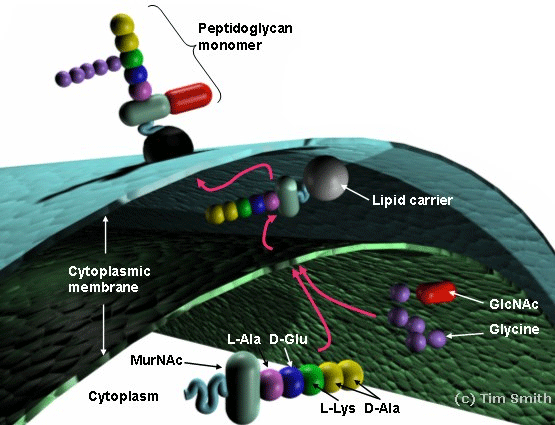Summary of Isomerases
The isomerase class of enzymes is very large and the enzymes chosen on this website only represent a fraction of them. Isomerase are all similar in the fact that they all catalyze the alteration of molecules that are crucial to cellular survival and the survival of the whole organism. MurI, TIM, and PGI all catalyze very different reactions yet they use similar means. They all have a active site residue that exists to stablize and hold the substrate and other active site residues that transfer protons between the substrate to allow a structural change in the substrate. The holding residues are the glycine residue of the 8th loop in TIM, arginine 202 in PGI, and the asparginine residue in MurI. These residue all lock their substrates in place and let other polar residues except and donate protons to decrease the amount of energy it takes to alter the substrate molecules.
These enzymes have been studied extensively and their structures determined because of their major roles in cell survival. With that fact in mind it is no wonder that these enzymes and isomerases in general have been a target for the research and development of drugs and therapies to fight horrible diseases like malaria, cancer, and hereditary disorders due to the deficiency of these crucial isomerases.
